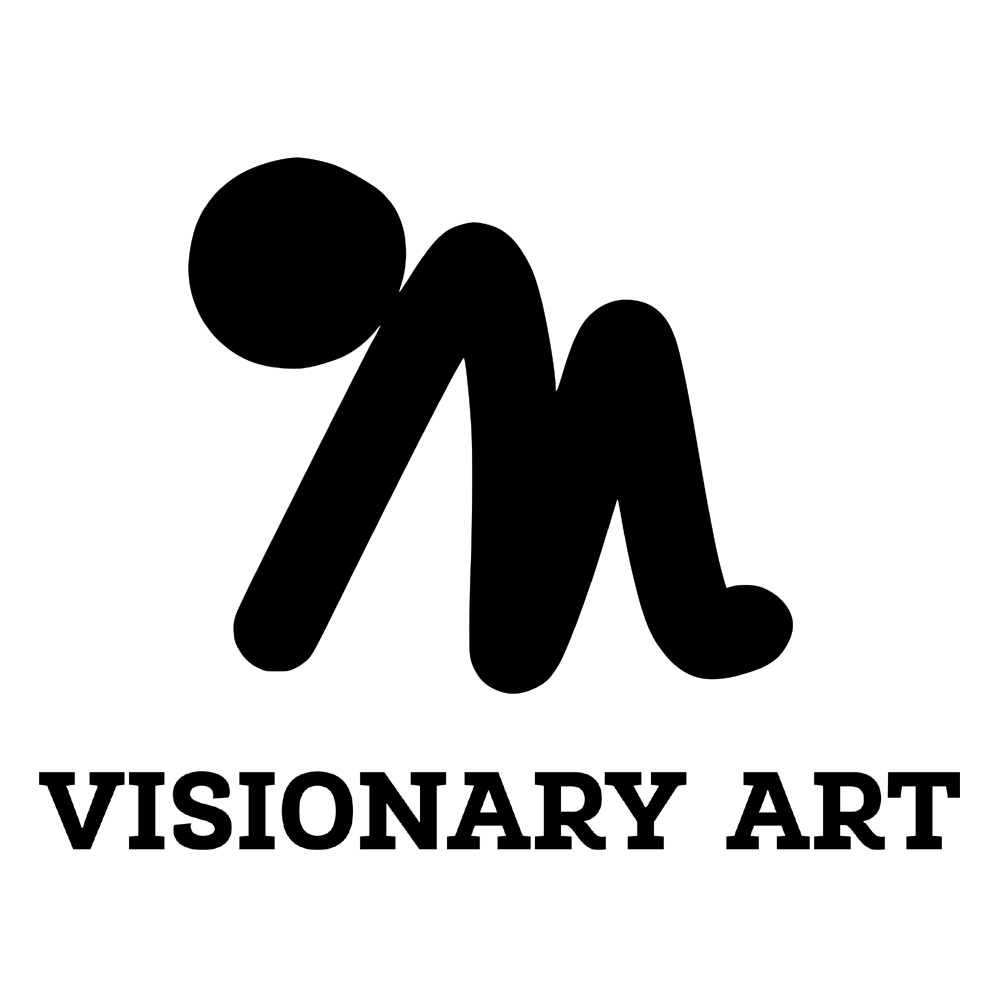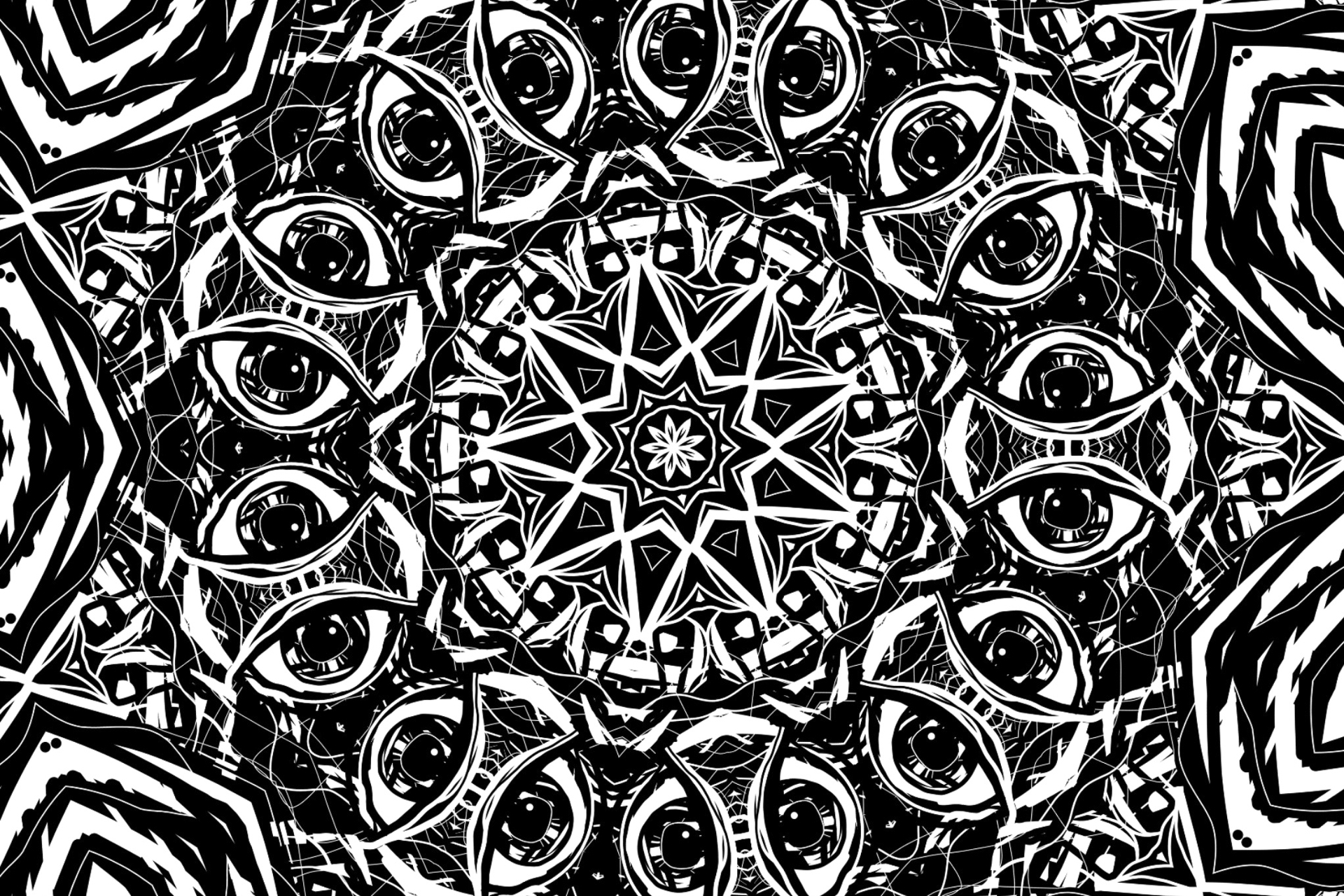In order to maximize our creative potential and maintain our attention despite all of life’s distractions, artists are continuously looking for fresh approaches. Mindfulness is a potent tool that can assist us in achieving both of these objectives.
But what is mindfulness, exactly? At its core, mindfulness is the practice of bringing one’s attention to the present moment, without judgment. This can involve focusing on one’s breath, a mantra, or a specific object, as well as simply paying attention to one’s surroundings and thoughts in a non-reactive way.
The Connection Between Mindfulness and Creativity
There are many benefits to cultivating mindfulness as an artist. For one, mindfulness can help us access a deeper level of creativity by allowing us to quiet the constant stream of thoughts that often plague our minds. It can also help us stay focused and avoid getting lost in distractions, which is essential for any artist trying to bring a creative project to fruition. Additionally, mindfulness can help reduce stress and improve overall well-being, which can have a positive impact on our creative process.
Mindfulness Practices for Artists
So, how can we begin incorporating mindfulness into our artistic practice? One way is through the practice of tai chi or qi gong. Both of these ancient Chinese practices involve slow, fluid movements and deep breathing, and can be a great way to cultivate mindfulness, focus, and physical well-being. Tai chi is often referred to as “moving meditation,” and helps cultivate balance, flexibility, and inner calm. It is suitable for people of all ages and fitness levels, and there are many different styles to choose from, each with its own unique set of movements. Qi gong involves slow movements and deep breathing, and also incorporates visualization and intention setting to cultivate the flow of qi (life force energy) within the body. Qi gong is believed to help promote physical and emotional well-being, and it is often focused on specific body parts or organs. Both Tai chi and Qi gong are often used as complementary therapy for a variety of health conditions.
Another option is to try journaling or free-writing. This can help artists process their thoughts and emotions, and can also be a form of mindfulness in itself as it encourages the writer to focus on the present moment. Creative visualization is another useful tool, as it involves using your imagination to visualize a desired outcome or scenario, and can be a helpful way to tap into your creative potential.
Engaging in hobbies or activities that require full concentration, such as playing a musical instrument, can also be a great way to cultivate mindfulness and focus. And don’t forget about the power of meditation, which involves focusing on the present moment and letting go of distracting thoughts. There are many different types of meditation, including seated meditation, walking meditation, and mantra meditation, to name a few.
Incorporating Mindfulness into Your Artistic Routine
So, how can you begin incorporating mindfulness into your artistic routine? One way is to set aside dedicated time each day for mindfulness practice. This could be as simple as taking a few minutes to focus on your breath before starting a new project, or setting aside a longer period of time for a more formal meditation practice. It can also be helpful to find a quiet, distraction-free space to practice in, and to experiment with different techniques to see what works best for you.
Another tip is to be consistent with your practice. While it’s normal to have days where you are more focused and present than others, the key is to make mindfulness a regular part of your routine. This can help you build up your “mindfulness muscles” and experience the full benefits of the practice. If you’re still unsure about how to get started with mindfulness, consider seeking out a mindfulness teacher or mentor who can provide guidance and support. There are also many online resources available, including videos, podcasts, and articles, that can provide helpful tips and insights into the practice.
I have personally found tai chi and qi gong to be particularly effective mindfulness practices for my artistic pursuits. I have studied kung fu, tai chi, qi gong, and meditation, and have learned a lot from instructors like Jon and Diana Magnuson at The Cedar Tree Institute, as well as a few others. These practices have brought numerous benefits to my well-being, including the ability to perform under stress, and a clearer state of mind that helps me tap into my creativity.
In addition to tai chi and qi gong, I have also noticed that playing musical instruments, such as the guitar, bass, keyboards, and drums, is a great way to cultivate mindfulness and flow. The flow state, also known as being “in the zone,” is a state of optimal experience in which we are fully immersed in an activity and lose track of time. This state can be incredibly conducive to creativity and can help us produce our best work. By focusing fully on the present moment and letting go of distractions, we can enter a flow state and access a deeper level of creativity and focus.
Incorporating tai chi, qi gong, and musical instrument practice into my daily routine has helped me reduce stress, and find a sense of balance and inner calm that serves as a foundation for my creative work. I highly recommend giving these practices a try.
Conclusion
In conclusion, mindfulness is a powerful tool that can help artists tap into their creative potential and stay focused on their work. By incorporating mindfulness practices into your artistic routine, you can cultivate greater creativity, focus, and well-being, and take your artistic pursuits to new heights.

